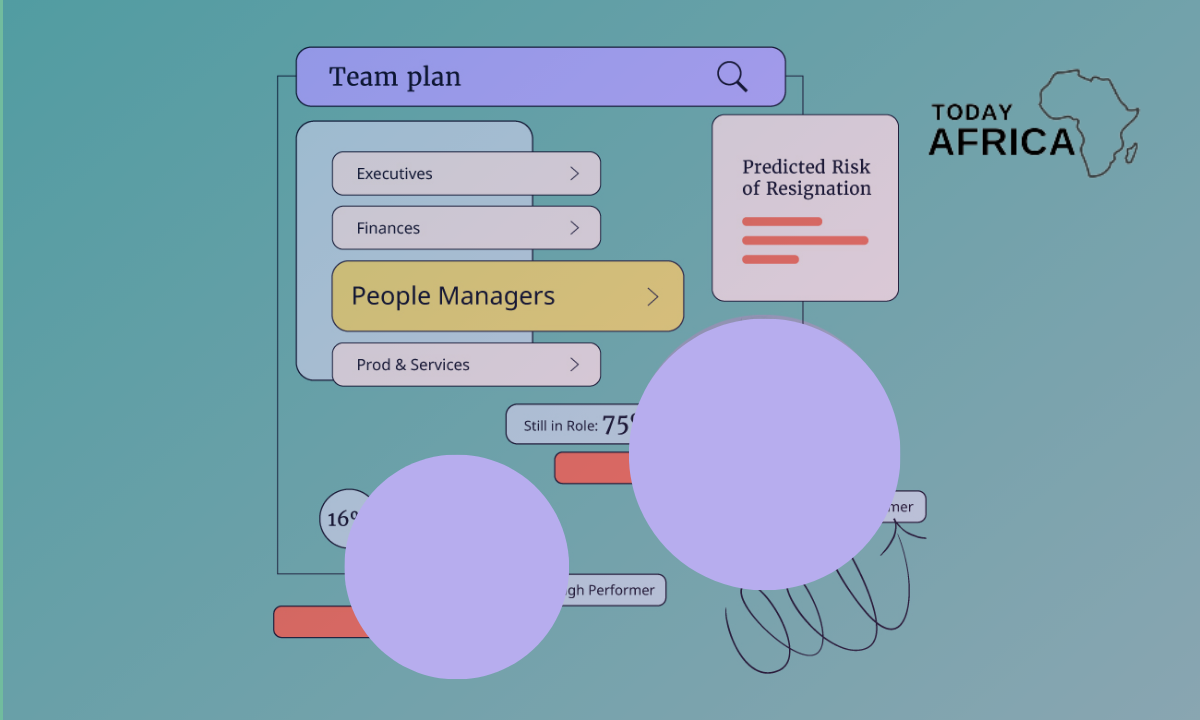Cash flow is the lifeblood of any business. Regardless of the size of your company or the industry you operate in, managing cash flow effectively is crucial for sustainability and growth.
In this blog post, we will explore how to prevent cash flow problems, ensuring your business remains financially healthy and resilient.
What is Cash Flow?
Cash flow refers to the movement of money into and out of your business. It is a measure of your company’s liquidity and its ability to cover expenses. Positive cash flow means that more money is coming in than going out, while negative cash flow indicates the opposite.
Why is cash flow important?
- Operational efficiency: Ensures that your business can cover daily operational expenses such as salaries, rent, and utilities.
- Debt management: Helps in managing and servicing debts effectively without risking default.
- Investment opportunities: Provides the necessary capital to invest in new opportunities and growth initiatives.
- Business continuity: Ensures your business can withstand financial challenges and economic downturns.
Common Causes of Cash Flow Problems
Poor cash flow management is one of the top reasons small businesses fail. Properly managing your cash flow takes time and energy, but it’s imperative to understand where and when your cash is coming in and how it’s leaving. As you monitor your finances, be aware of these seven common cash flow problems that can severely impact your business.
1. Late payments
Late payments are one of the leading causes of cash flow problems for small businesses. Small business owners typically operate with tight budgets and rely on receiving customer payments on time to pay bills and scale. Unfortunately, many clients pay late, some taking well over the standard 30 days to pay what they owe.
Waiting over two months for payment can put your business in financial danger, especially when you rely on cash for growth. You may even need to spend time and money getting outside assistance to help with non-paying customers.

2. Lack of profitability
Lack of profit is another common reason companies fail. Yet while there is a correlation between poor profitability and cash flow problems, financial issues can arise for businesses that are making a steady profit too.
If your organization has high business expenses and you’re looking to reinvest profits, you need to be extra cognizant of cash flow issues. Plenty of companies have gone under, despite raising millions of dollars, owing to the simple fact that they were unable to generate steady cash.
3. Withheld investment or funds
Locking in an investment or loan to fund your business is always great for capital. However, doing so has some rather severe contingencies. For example, an investor or bank can withhold a portion of your funds if you don’t meet expectations or your income is much less than you projected. This can cause cash flow issues if you rely on those funds to cover major expenses.
4. Tax filing
Whether you’re a monthly, quarterly or annual tax filer, it’s your responsibility to file the correct amount of taxes on time. Tax filing itself isn’t a cash flow issue, but failing to file correctly or promptly can cause detrimental cash flow problems for your business, including interest payments, penalties and even an audit from the IRS. These consequences are expensive and take up valuable time.
5. Undervalued products or services
As a business owner, you need to understand the value of your product or service and set your pricing accordingly. You might worry that raising prices will turn people away, but that isn’t necessarily true. Increasing the cost of your product or service also increases its perceived value, which could bring in more customers.
Conversely, if your prices are too low, people may perceive your product as less valuable or of lower quality. However, setting your prices too high means you could lose out to competitors offering better rates.
6. Use of old equipment
Old equipment not only takes up valuable space but is also inefficient. Constantly replacing equipment can be costly and frustrating, especially as technological advances render older product models obsolete. Outdated, poorly functioning equipment often means not getting the best bang for your buck, so to speak, and may subtract from your bottom line instead of adding to it.
How to Prevent Cash Flow Problems
1. Create a cash flow forecast
Most of us are familiar with the yearly cash flow forecast. However, you may want to consider getting more granular by creating a monthly cash flow statement.
Regular cash flow statements can help you fine-tune your monthly budget and develop a highly disciplined approach to your spending.
You can use your monthly cash flow statement to pinpoint the ebbs and flows of revenue and identify any potential budget gaps that need addressing.

2. Invoice promptly
You might offer 30–60 day grace periods for your customers to pay their invoices. But you’ll need to have a robust collections procedure to ensure this doesn’t get stretched. If clients always pay late, the ripple effect can be damaging.
You could consider offering an early settlement discount of (for example) 1-2% within 14 days. You’ll need to ensure your profit isn’t getting hit too hard though.
3. Ask large creditors for an extension
Although you should insist on your payments coming in on time and avoid unpaid invoices, it’s not uncommon to ask large creditors for extended payment terms.
This isn’t a hypocritical act of opportunism; it’s effective management. These creditors could be utility firms prepared to match payment with your business income or lenders who might offer a payment holiday if you’re a seasonal business.
4. Reduce expenses
If you compile the monthly budget we mentioned earlier, you might quickly identify unnecessary spending which you can eliminate.
If you’re a sales operation with stock that isn’t shifting, why keep ordering? You can’t buck the market. If the feedback is negative, it might be best to sell some stock at a slight loss and invest elsewhere in the business before the stock loses value.
5. Increase your prices
Many businesses fear putting up prices because they automatically assume customers will vanish. However, you might want to compare prices with your competitors to see if you’re far cheaper than others.
There’s a difference between what represents value for money and what’s affordable. And context is also key.
Suppose you’re running a restaurant with an excellent local reputation for a fine dining experience, or a salon regarded as the best on your high street. Are your clients likely to avoid you if you raise prices by 10-15%?
6. Improve your profit margin
You don’t just increase your profit margins by raising prices. The price you pay at source dramatically affects the overall profit you retain, and if you buy badly, you’ll harm your business.
Search for the best available prices in your market and negotiate with your suppliers and creditors. It’s in their interest to see you succeed, so ask what they can do to help.
7. Get imaginative with selling
You can avoid cash flow problems by identifying your quiet times before they happen and implementing clever sales tactics. For example, if your restaurant suffers slow sales after Christmas, get busy by offering a discount for the third visit before Easter.
Think about upselling or cross-selling ideas if you’re a retail shop. Get imaginative to think of ways to increase sales through direct communication.
8. Ensure you keep a healthy stocking programme
If you’re a business that sells products, overstocking can harm your cash flow. Sales representatives always want you to buy more, but you must balance their tempting offers with realism.
There’s little point in having stock gathering dust on shelves you purchased because you think you got a great deal. You might consider investing in inventory management software.
This should be able to tell you what’s selling, illustrate your sales pattern and suggest a workable buying pattern – including automatically placing orders. It can be a great tool for removing the emotional impulse to stock up unnecessarily.
9. Consider e-commerce
We’ve all walked away from shops that don’t accept cards, then struggled to find an ATM on the high street. Similarly, your website should have a transactional element, even if selling online is not your core business. For example, if you’re the owner of a restaurant, you could sell food products online while you still sell offline.
10. Diversify revenue streams
Diversifying revenue streams reduces dependence on a single source of income and enhances financial stability. To achieve this, you’ve to introduce new products or services that complement your existing offerings. Explore new geographic or demographic markets to increase sales. Implement subscription or membership models for recurring revenue. And form strategic partnerships or collaborations to reach new customers and markets.
Conclusion
Effective cash flow management not only helps in avoiding financial crises but also positions your business for growth and success. Remember, the key is to stay vigilant, adapt to changing circumstances, and continuously seek ways to improve your financial practices. With these strategies in place, you can confidently navigate the challenges of running a business and achieve long-term financial stability.
References:
















